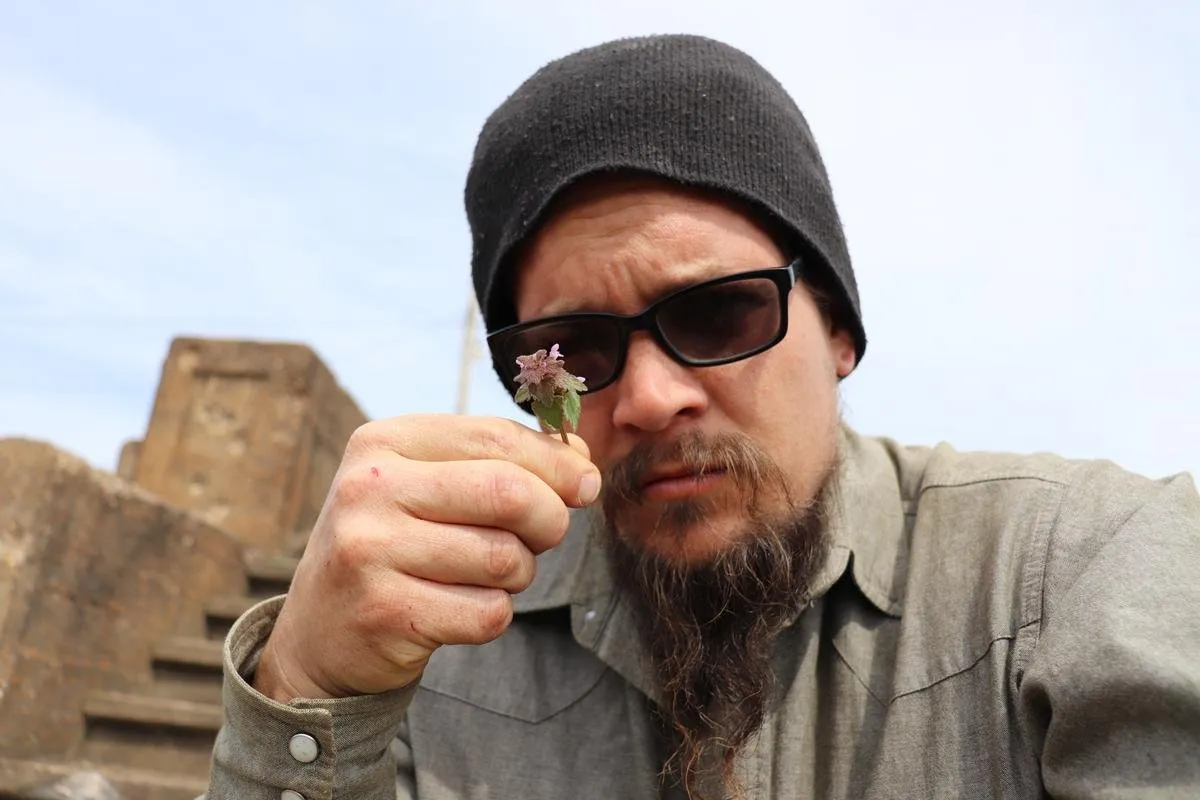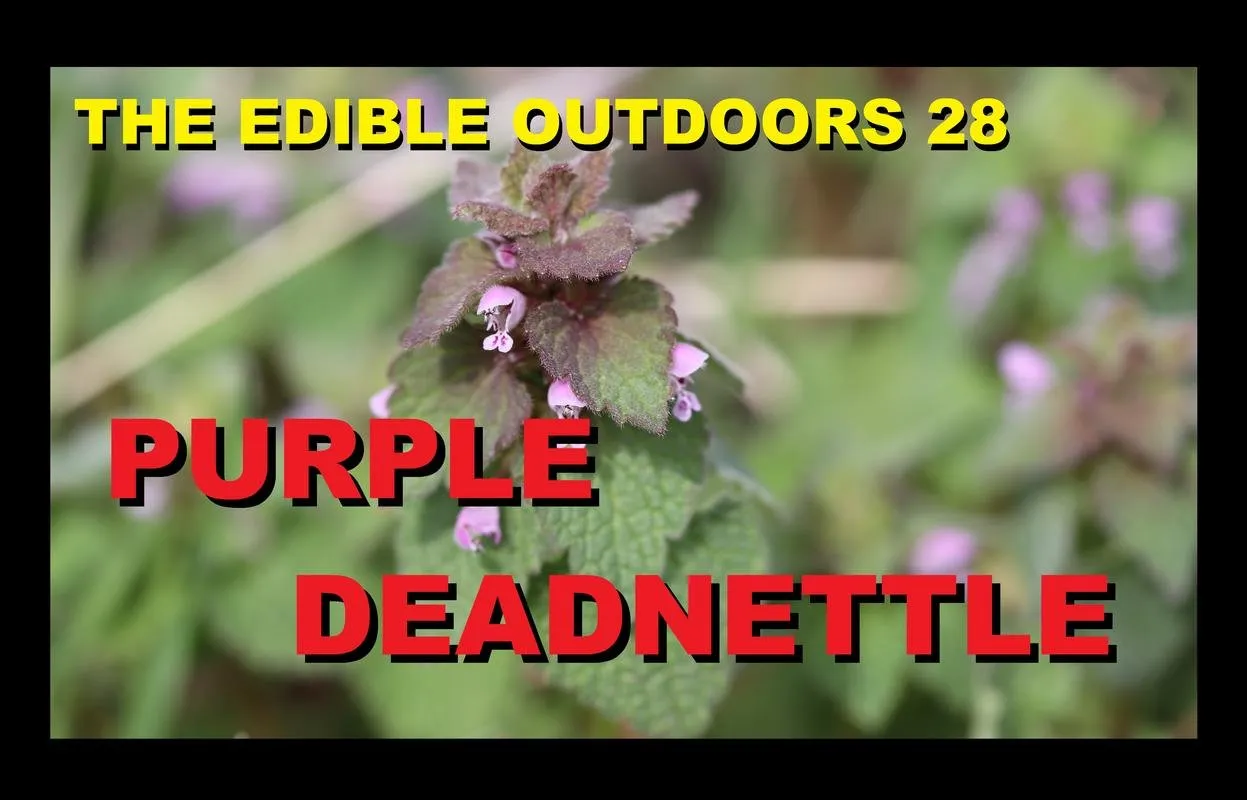
This is another newer one for me!
As always with this series, I am not trying to give dietary, nutritional, or medical advice. I’m just enjoying learning about wild edibles and sharing my journey.
Purple Deadnettle may have "nettle" in the name, but unlike my friend Stinging Nettle, it has no sting. So, if you're wondering about eating something with "dead" in its name, or with "nettle" in its name for that matter, you don't have to worry.

Purple Deadnettle - Lamium purpureum
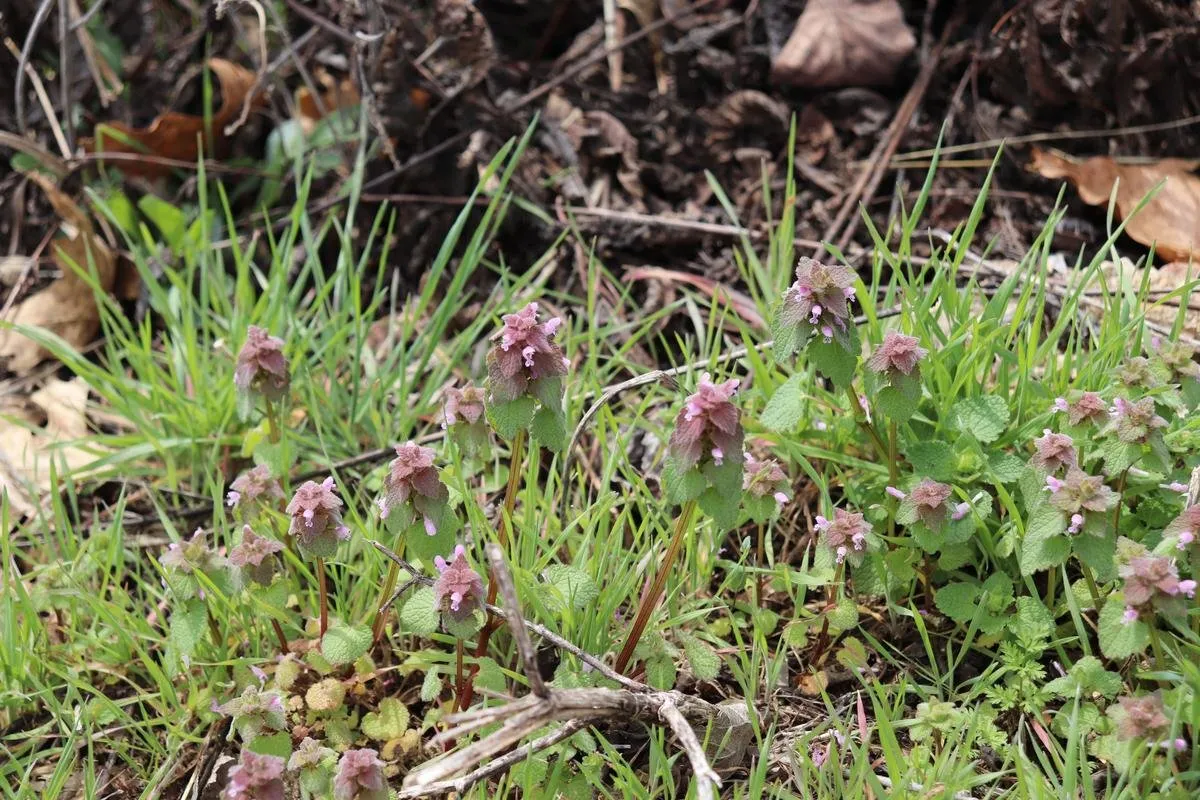
Purple Deadnettle is another smaller herbaceous wild plant that is originally from Eurasia. It has now been introduced and naturalized many other places around the world. Other common names for it include Purple Archangel, Red Deadnettle, and Red Henbit. While it is similar in many ways to Henbit, which I covered last time in this series, it is a different plant although they are in the same order, family, and genus.
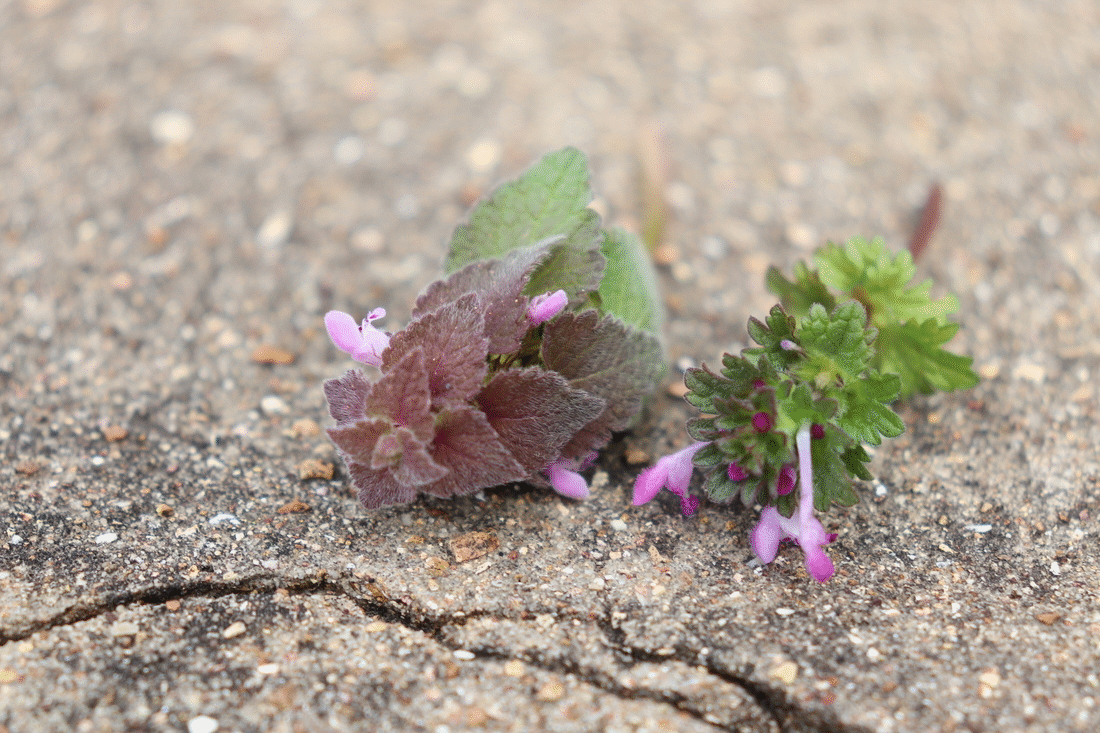
That GIF above shows the difference between Purple Deadnettle and Henbit. The Purple Deadnettle looks a lot more like a true nettle, although the tiny hairs on it are not dangerous. Thankfully, if one was to confuse Henbit and Purple Deadnettle, it wouldn't make much of a difference since they are both edible. One of my favorite things about the look of this plant is the transition from green to purplish or reddish. I think that looks really interesting and beautiful.

HABITAT
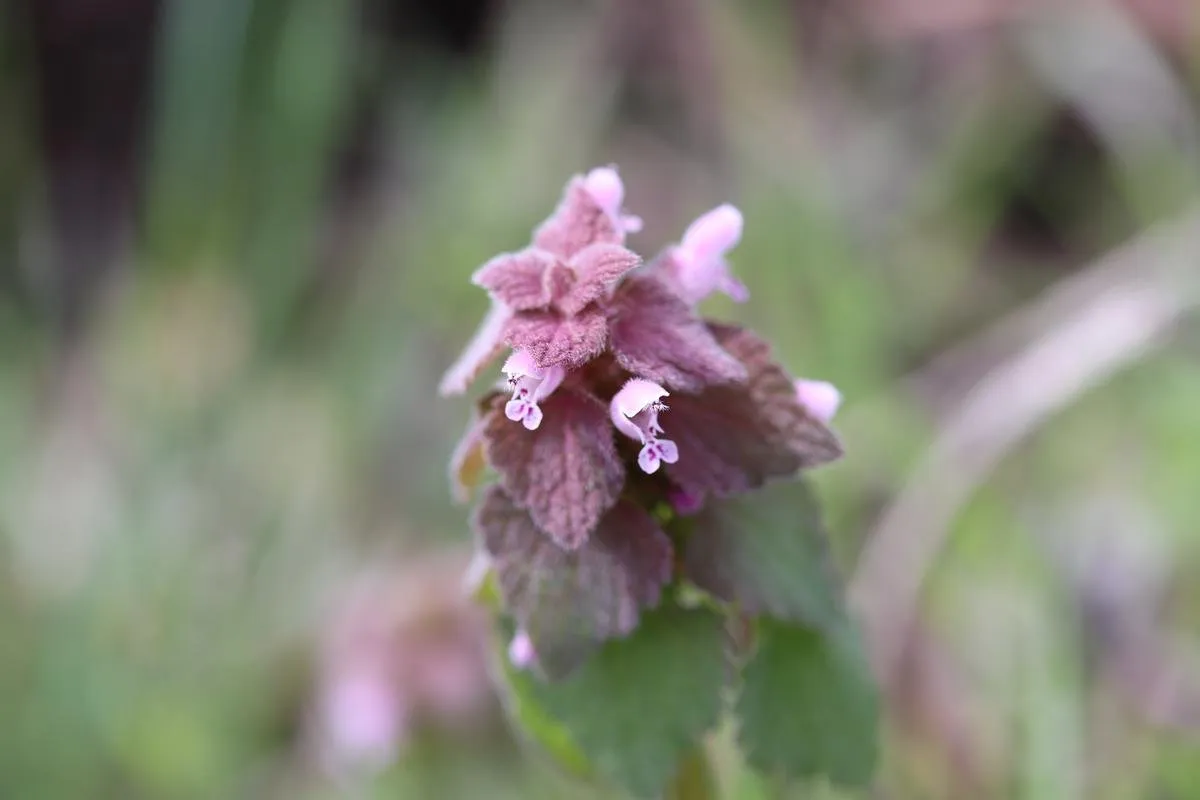
Like so many other edible wild plants that are often considered to be weeds, Purple Deadnettle can be found in fields, lawns, ditches and "waste areas." Basically, anywhere where people are not constantly trying to kill off anything that they might consider to be a weed is a good place to look. In cities, I like checking abandoned lots with unkempt yards.
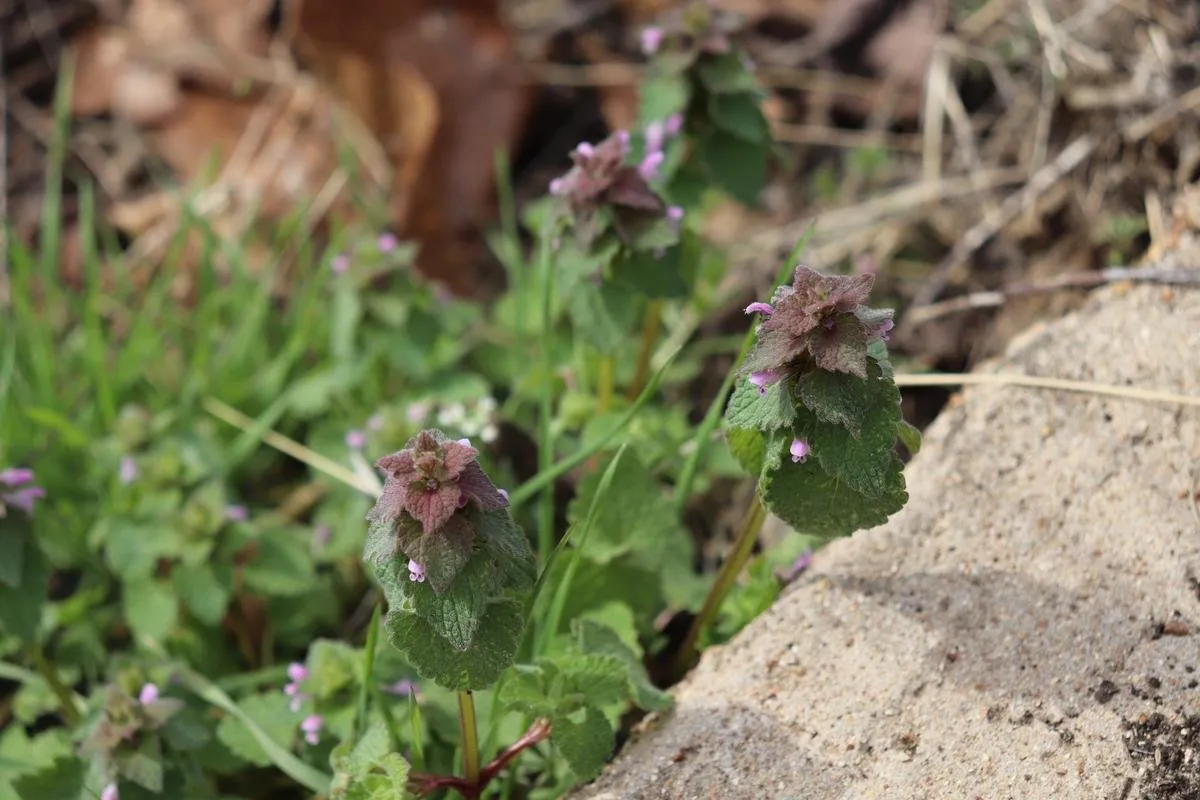
Since Purple Deadnettle is considered as a "winter broadleaf" plant, it can often be found very early in spring, and sometimes even in winter where there is no snow.

USES

Like many other wild edibles, Purple Deadnettle can be enjoyed either raw or cooked. It is great to add to a stir-fry and also mixes in well with salad greens. Since it is very similar to Henbit and since they both appear about the same time and can often be found growing together, I like mixing them both in. It is high in Fiber, Iron, and vitamins like Vitamin C, and the seeds contain antioxidants. Like so many other wonderful plants somehow classified as "weeds" this plant is also known to be antibacterial, anti-inflammatory, and antifungal!

PROPAGATION
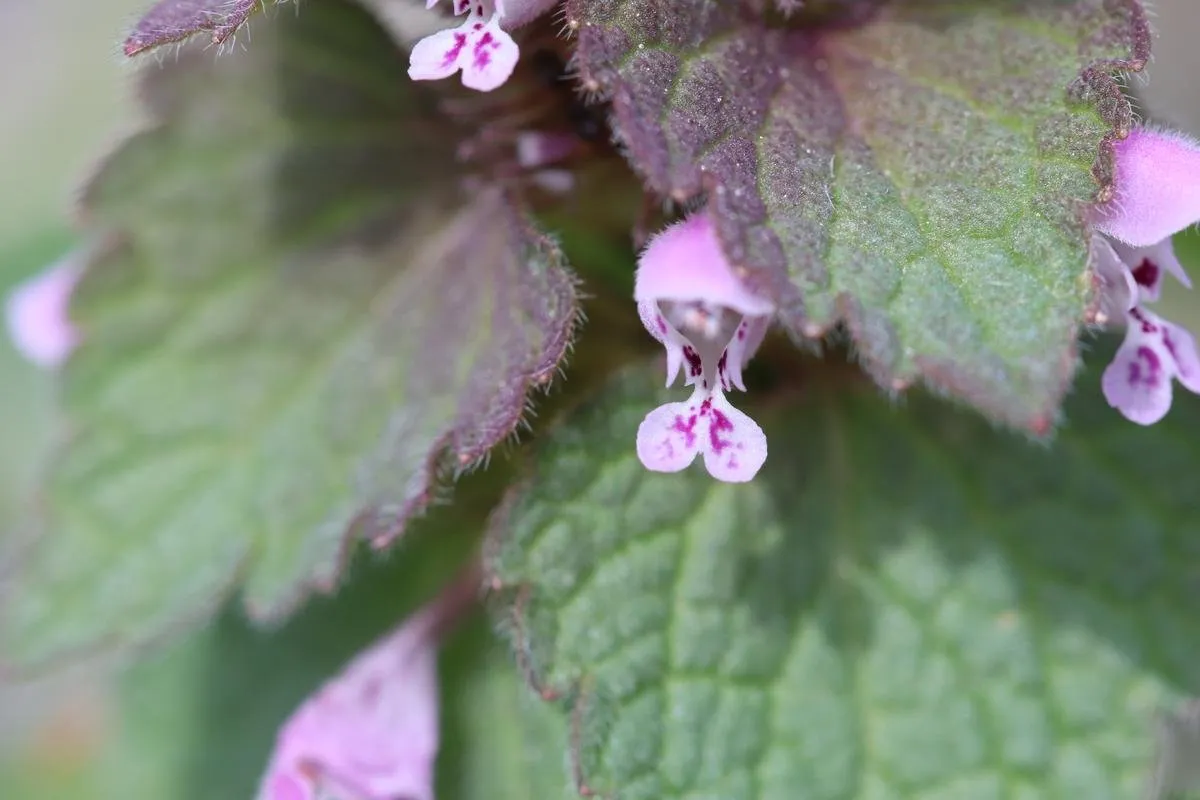
Purple Deadnettle is another annual that reproduces by seed. Due to the early blooming of this plant, it can be a crucial source of nectar for bees and butterflies in late winter and early spring. With all the concern about the declining bee population recently, having available nectar sources is becoming more and more important. If you find some and plan on trying to eat it, make sure not to harvest it all. Please leave some for the bees, and let them go to seed after the bees are done with the flowers so that the plants can grow again next year!

As always, I'm @papa-pepper and here's the proof:

Until next time…
Don’t waste your time online, invest it with steemit.com


